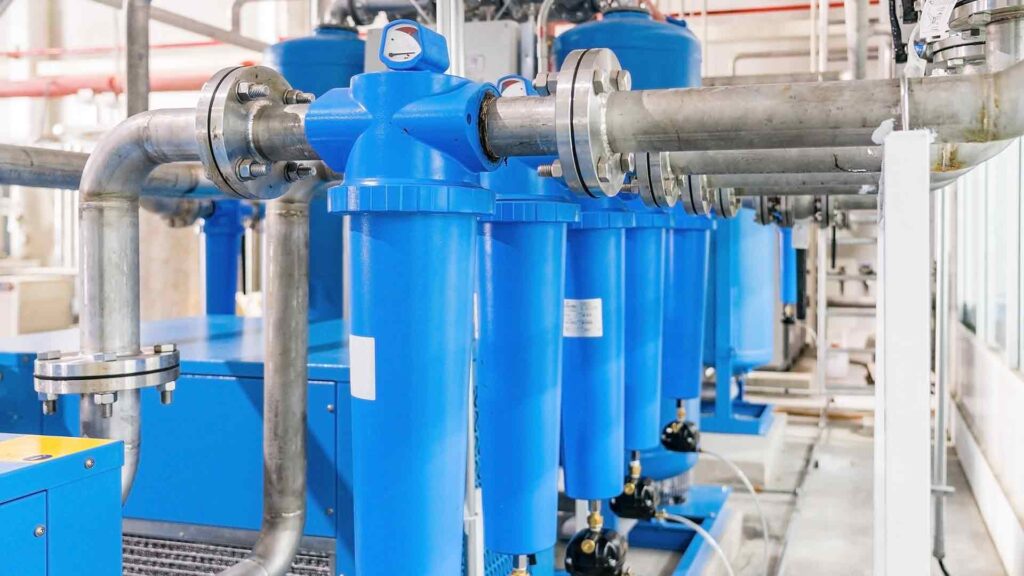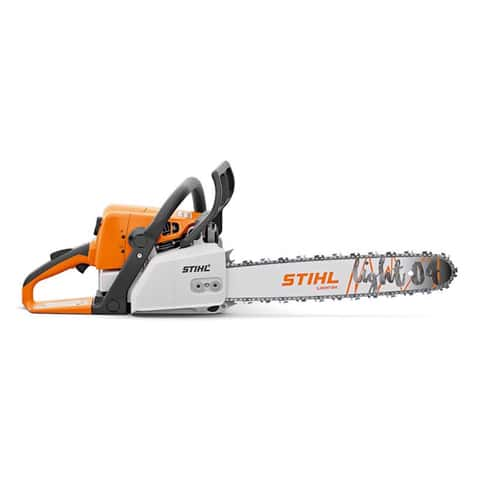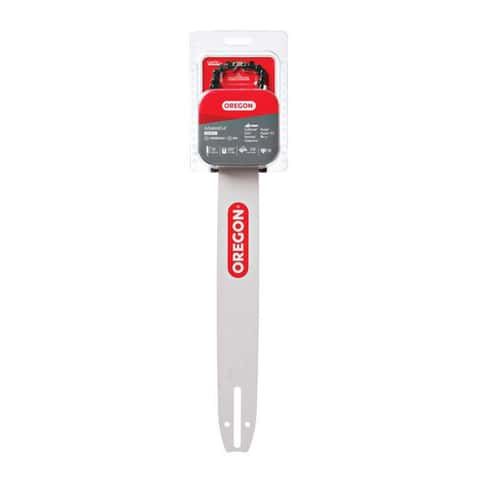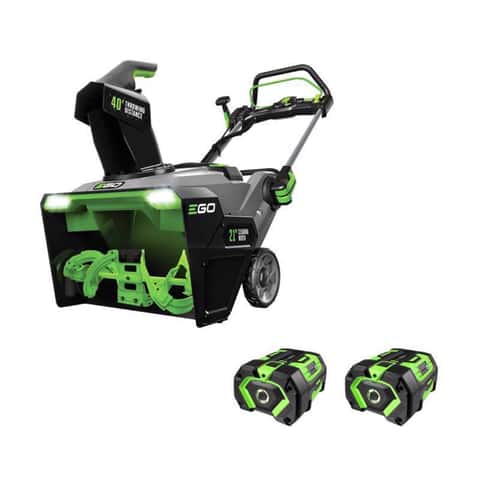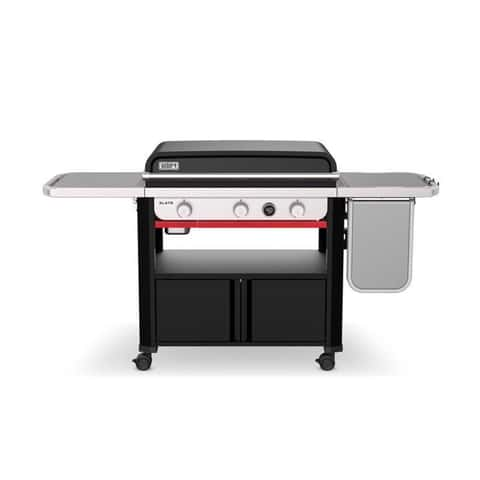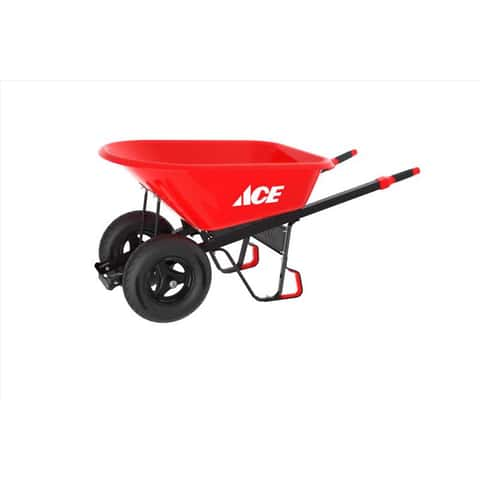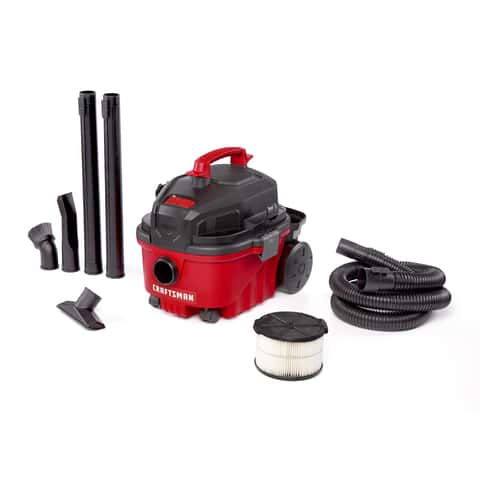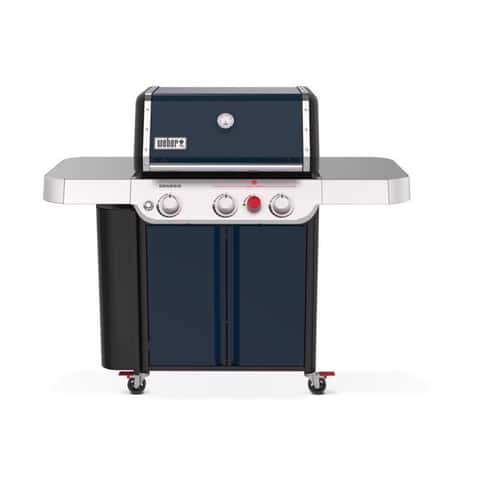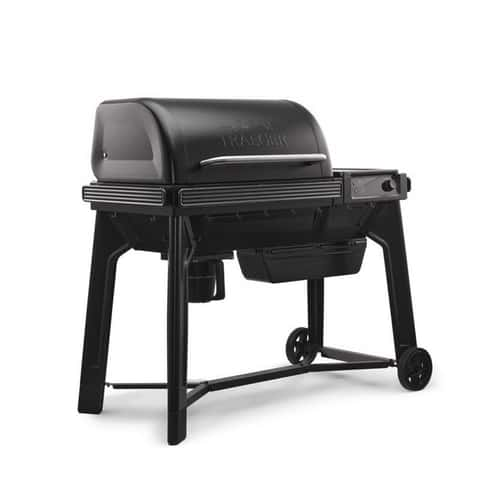Protecting Your Interests – How a Real Estate Attorney Helps With Contract Reviews
When engaging in real estate transactions, whether buying, selling, or leasing property, one of the most critical steps in protecting your interests is having a real estate attorney review your contract. Real estate contracts can be complex, filled with legal jargon, and often contain terms that could have significant implications for your financial and legal responsibilities. A skilled real estate attorney can help ensure that these contracts are in your best interest, preventing future disputes, financial losses, and legal challenges. One of the primary roles of a real estate attorney is to carefully review the terms of the contract, making sure they align with your goals and expectations. Often, real estate contracts include clauses that are not immediately clear or may contain hidden risks. These could include terms related to financing contingencies, inspection periods, property disclosures, or even the timeline of the transaction. A lawyer’s expertise in these areas ensures that any ambiguous or unfavorable language is flagged and corrected before you sign.

Additionally, a real estate attorney can negotiate on your behalf. If a clause in the contract is unfavorable or unclear, they can work with the other party to have it modified or removed entirely. Whether it is negotiating a more favorable closing date, adjusting financial terms, or addressing specific concerns about the property, an attorney’s legal knowledge and experience in these matters can result in more favorable outcomes. Real estate attorneys are also well-versed in local laws and regulations that may impact the contract and navigate to this website. Each jurisdiction has its own set of rules regarding real estate transactions, zoning laws, and property rights. For example, some contracts may unknowingly violate local building codes or fail to comply with environmental regulations. A knowledgeable attorney can spot these issues and advise you on how to proceed, helping you avoid costly legal issues down the line. Moreover, if you are purchasing a property, the attorney can ensure that the title of the property is clear and free from liens or other encumbrances. Title issues are common and can be problematic if they are discovered after the transaction is complete.
A real estate attorney can facilitate a title search and review the findings, ensuring that there are no legal issues with the property’s ownership before you finalize the deal. Another crucial aspect that a real estate attorney handles is risk management. By having a legal professional involved, you can prevent legal missteps that could lead to future disputes. They can explain the full scope of your responsibilities and rights within the contract, ensuring that you are not blindsided by any unexpected liabilities. Whether it is dealing with property defects, tenant issues, or disputes over terms, an attorney’s presence ensures that you understand and mitigate the risks involved. Having a real estate attorney review your contract is a crucial step in safeguarding your interests during any property transaction. Their expertise in contract law, negotiation, local regulations, and risk management helps ensure that the terms are fair, clear, and legally sound. By investing in legal counsel, you are not only protecting your financial investment but also securing peace of mind that your transaction is in good hands.




